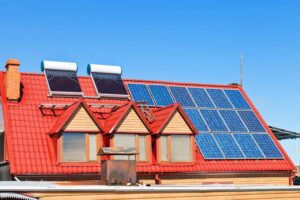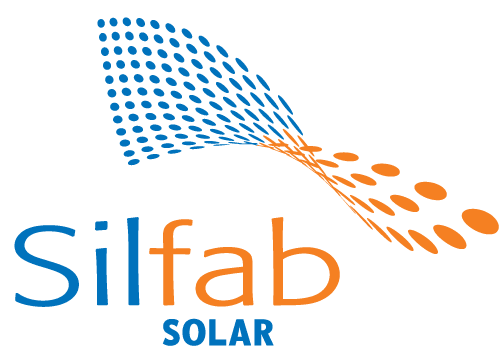
- Home
- Residential
- Commercial
- Tesla
- Testimonials
- About Us
- Contact Us
Month: September 2017

Solar Plus Storage Emerge as Next Generation Backup Power Source
Written by goldensolar on . Posted in Solar Panels, Solar Power. Leave a Comment

Role of Alternative Power Sources
Most people in the Caribbean region rely on generators as an emergency power source. The units are available at an affordable price, thus enabling wider use. However, the cost of running the generators is significantly higher. For this reason, many households run the generators for brief periods in the morning and evening only. Generators operate using various fuel sources, including liquid natural gas, gasoline or propane. This translates to an additional cost for households. The unavailability of fuel, particularly in lengthy outages can leave families in the dark. As a result, the utility of the equipment becomes limited to short-term power blackouts. On the other hand, entry-level units generate considerable noise and may require large storage space.Benefits of Solar-plus Storage Systems
The popularity of residential solar PV systems is growing in the Caribbean and North America. Households are leveraging low-cost benefits and the availability of new financing models to reduce exposure to the increasing cost of electricity. New technology enables users to combine the solar PV asset with an on-site energy storage system. The configuration allows the solar PV asset to act as a backup power system when the grid power is down. The battery storage system creates an island as the power generation transfers to the solar PV array. A protected loads panel regulates the PV power based on the household’s essential energy requirements. The panel’s load management role ensures optimal energy consumption, battery performance (state of charge) and solar PV power production. Optimization creates a backup power source that is efficient and reliable. Unlike fuel-powered generators, solar-plus provides constant power. A residential energy storage system produces zero emission, noise and does not need maintenance or fuel. These systems require minimal space in primary and secondary living settings. They can be installed indoors or outdoors. The form factor of newer, integrated lithium batteries is aesthetically pleasing than conventional lead-acid batteries. The cost of batteries has depreciated in recent years, thus making residential energy storage systems a more attractive and practical power source for households. The systems come with lengthy warranties of up to 10 years, longer working life (20 years or more) and a tight form factor. The systems have a low failure rate and operating costs and the installation process is non-intrusive. The post Solar Plus Storage Emerge as Next Generation Backup Power Source appeared first on Golden Solar.









